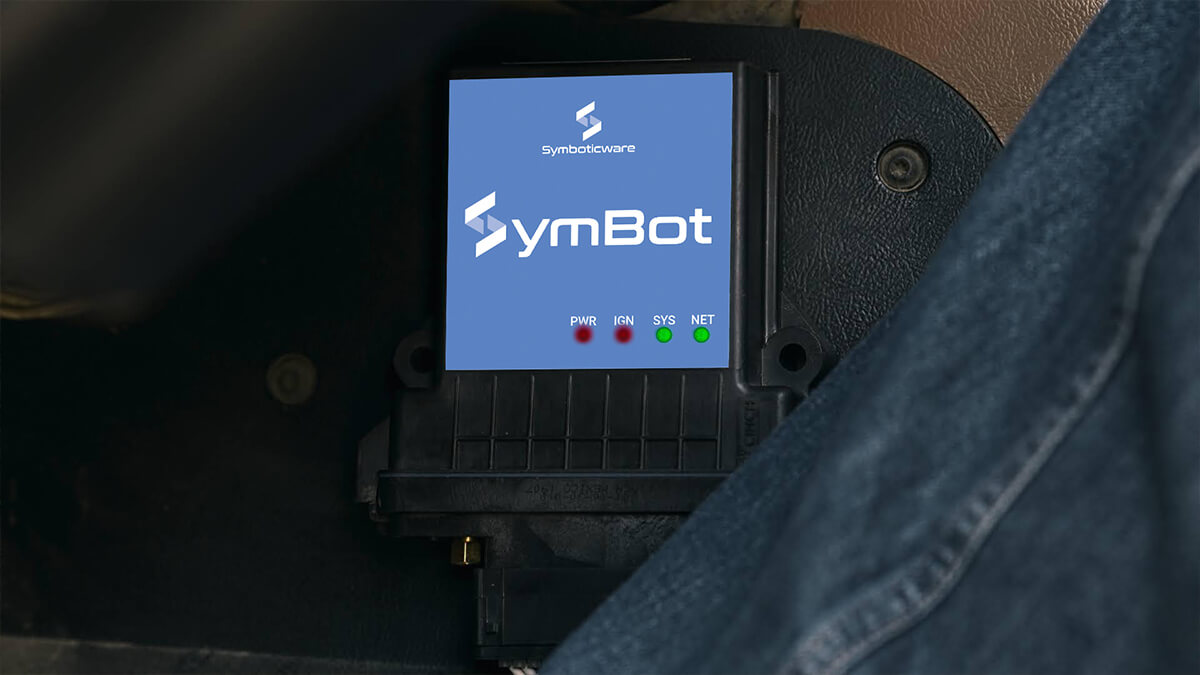Distributed Computing in the Mining Industry
Distributed Computing in the Mining Industry
In digitization, mining lags behind other industrial sectors due to the two “last mile” problems: the lack of reliable connectivity in remote locations and the complexity of data retrieval from mobile equipment. One of the technologies capable of changing the situation by addressing these problems is Edge computing. Donald Lafont, Symboticware’s Vice President of Product Engineering, is a veteran technology expert. He leads the design of cutting-edge devices that enable the connectivity of mobile equipment in the most rugged environments. We sat down with Don to discuss opportunities to bridge the gap in the mining industry digitization.
There is a lot of confusion about what Edge means. Can you explain it in your own words?
The term “Edge” – or distributed computing – refers to small devices that sit on the remote “edge” of a network. These devices can collect data and perform computing even when the network is disconnected – for example, they are out of the range of cellular or Wi-Fi signals. When these devices are back online, they transfer the gathered and processed data they have to the server. Our data interfaces – SymBot for heavy-duty equipment and its more affordable counterpart SymBit – are built on Edge computing principles.
How does Edge help overcome the barriers to digitization in mining?
It is no secret that digitization in mining has been slow. Partly, it is because of how the technology companies have approached digitization at its onset. The idea was to collect as much data as possible and transfer these large volumes of data to a remote server for further processing. Suitable for factories located in big cities, this approach did not work for mining: mine sites are often located beyond the reach of stable networks. Even when the connectivity is available, data transfer costs can quickly get out of control, especially if they must use expensive satellite networks.
Edge devices break this barrier. They collect all the data, process it locally, and transfer only the information that matters, drastically reducing the data costs. At the same time, since Edge devices have relatively high-performing hardware, miners can build a low-cost and low-powered data infrastructure around them. For example, sensors installed on mine sites – including thermometers or CO detectors – can be so low-powered that they will last on one battery for several years. The advanced Edge devices constantly connected to power sources on the vehicle will take care of data retrieval and processing.
What distinguishes an Edge device built for the mining industry from general-purpose equipment?
Our devices are purpose-built for the natural resources industry – not just mining but also forestry, construction, and oil. We understand what the operators are looking for: efficiency, safety, predictive maintenance, and optimized fuel consumption of the vehicles. We enable the collection of this data by integrating with most sensors installed on the vehicles and in the environment of the mine sites, regardless of their makes and models. In addition, we comply with the most rigorous industry certifications, so the operators will know that they are very safe. Thirdly, we can operate in some of the most challenging data infrastructures, including mesh networks.
The Edge technologies are just starting to get traction in the natural resource industries. What is your vision of their future?
I am confident that in the next decade, we will see these technologies everywhere. Some of the areas where these technologies will get rapid development are autonomous hauling on the mine sites and the performance of many dangerous operations. Human operators make mistakes – and so does the technology. But overall, this technology can continually monitor and provide unwavering acquisition and analysis for actions that resource industries can adapt and respond to. This will lead to improvements for greater efficiency, safety, and productivity. This is not just going to happen – this is already happening, and I am proud that our team enables this process.
